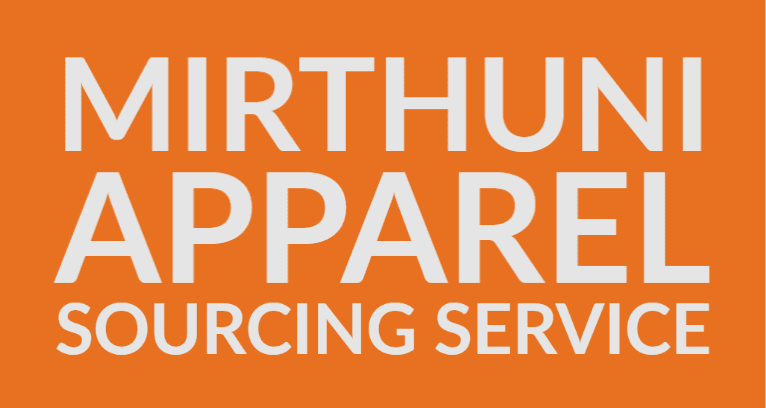Many exporters find that understanding the intricacies of Free on Board (FOB) garment shipments from India can significantly streamline their export processes. FOB shipping terms designate responsibility for risk and cost allocation between you and the buyer, making it crucial for you to grasp the best practices associated with FOB transactions to avoid complications and ensure a smooth export journey. Here are some key practices to help you become proficient in managing FOB garment shipments.
First, familiarize yourself with the Incoterms (International Commercial Terms) and how they relate to the FOB shipping method. Under FOB, you are responsible for the delivery of goods onto the vessel chosen by the buyer at the designated port of shipment. Understanding this responsibility helps you in planning for pre-shipment logistics effectively.
Next, accurate documentation is vital. Ensure that all required documents, including the commercial invoice, packing list, bill of lading, and export licenses, are prepared correctly. Double-check these documents to prevent discrepancies that may cause delays or fines at customs. You might want to use a checklist to ensure nothing is overlooked, as each document plays a significant role in facilitating smooth clearance and delivery.
You should also establish strong relationships with freight forwarders who can assist you in managing shipments, customs clearance, and logistics. A reputable freight forwarder can help you navigate through complexities, ensuring compliance with international shipping regulations, and can provide timely updates on your shipment’s status. This partnership can enhance your overall efficiency in managing the logistics of garment exports.
Another important aspect of FOB garment shipments is packaging. Invest time in ensuring that your garments are packed well for international transit. Using proper packing materials protects your goods from damage, while clear and accurate labeling helps in the identification of the shipments during transportation. The better the quality of your packing, the higher the chances of receiving positive feedback from your buyer.
In your dealings, establish clear communication channels with your buyer. Discuss key details related to shipment schedules, payment terms, and any specific requirements they might have. Clear communication eliminates misunderstanding and facilitates a smoother transaction process. For instance, set expectations around timelines and delivery methods to ensure you’re both aligned on the shipment process from start to finish.
Lastly, keep yourself updated with the latest shipping regulations and policies that may affect garment exports from India. The shipping industry is subject to frequent changes—such as customs regulations and tariff adjustments—that could impact your shipments. By staying informed, you can quickly adapt your strategies to avoid potential setbacks. Engage with export councils and industry associations to gain insights on best practices and changes in the market.
By implementing these best practices, you can make the process of managing FOB garment shipments from India simpler and more effective. With thorough preparation, open communication, and informed choices, your export operations can progress seamlessly, ensuring satisfaction for both you and your clients.




